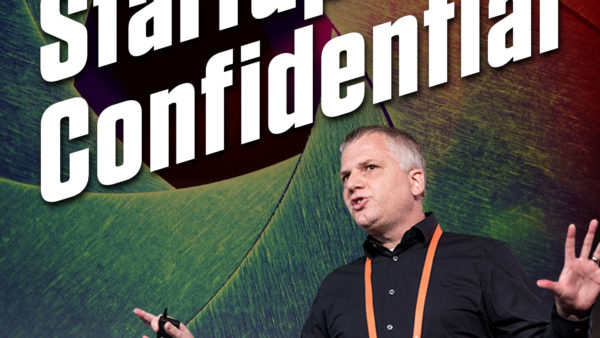PODCASTS / E68

Ep. 68 – The Law of Frito-Lay and Why it Matters
APRIL 15, 2022
Here is an excerpt from my book Ramping Your Brand that needs a bit more amplification. I still see far too many founders platforming brands too early and chasing growth via adding UPCs all over the store. There is no better way to turn your brand into a meaningless commodity than losing all focus in your UPC mix.
Chasing this or that trend is very tempting, especially if you spend too much time at trade shows noticing this or that completely irrelevant signal.
Letting a buyer convince you what your UPC mix should is also a cardinal sin in CPG growth strategy. That topic shouldn’t even come up if you’ve approached the buyer correctly, boldly and with confidence. And if you have mastered the art of ‘no.’
And now, without further ado, here isan excerpt straight from the Audible edition of Ramping Your Brand,
The Power of Focus, or the Law of Frito-Lay
There is another critical law of product design that, ironically, even BigCo has frequently overlooked in their obsession with lower-risk, line-extension innovation: the Power of Focus. This law is not specific to premium CPG brands. In fact, SC Johnson is perhaps the single most consistent adherent to it within CPG. But this book features food/beverage case studies, so I’m calling it the Law of Frito-Lay. Besides,Cheetos are a lot more fun than Scrubbing Bubbles. Sorry. It’s just true.
I’ve had the pleasure of consulting with Frito-Lay North America several times in my career. Of all the BigCo clients in my roster, FLNA continues to be the most consistently world-class marketer in CPG. They have one of the largest distribution capabilities in the world, allowing them to reach over 290,000 retail outlets within weeks of a launch.50 For context, there are 38,000 supermarket doors in the United States (including Walmart), and Frito-Lay is in every one of them. Despite its God-like ability to shove products in front of consumers, FLNA focuses just as hard on building memorability as it does on building distribution with its core trademarks. Heard of the Superbowl? A decent cultural argument can be made that the Superbowl is more a field marketing event for PepsiCo (Frito-Lay’s parent company) than it is the NFL season finale. If Frito-Lay could get each team to wear Doritos co-branded Superbowl jerseys, they would, trust me.
FLNA has eight entirely distinct salty snack forms, each of which has a uniquely iconic sensory experience for which it has basically no competition at all. Private-label knockoffs sell relatively pitiful amounts of even the best-executed imitations (which you’ll find at ALDI, in my experience). Mere distribution cannot explain the creation of so many, nearly-identical salty-snack products with nine- and ten-figure revenue. World-class R&D coupled with unrelenting focus on a single product form with multiple flavors is a proven value-added CPG brand-building strategy. One form. One sensory experience. One trademark. It works so well because it’s simple. Simplicity facilitates maximum memorability in the consumer’s mind. The only serious variation the brain has to grasp is surface flavor. The rest of the brand is essentially repetition and ruthless consistency. Rinse. Repeat.
I continue to see a bewildering number of premium CPG brands trying to obtain topline growth through premature platforming. Platforming is the practice of spreading your trademark across multiple unrelated categories, sometimes multiple aisles. In the near term, it can often lift total revenue because it simply accesses more eyeballs merely by increasing the amount of UPCs any given shopper sees. However, prior research by The Hartman Group has already established that single-category, early-stage premium food/beverage brands outperform multi-category ones as they scale toward $100 million because they are far more likely to sustain high growth rates (Figure 8) Their multiple-category equivalents tend, statistically, to see their growth rates collapse as they scale—which neither a founder nor a strategic acquirer want.” pp. 62-63.
If you want to see Figure 8 and the surprising data its built on, please grab a copy of Ramping Your Brand. And if this mesmerizing narration is your thing, consider grabbing an Audible copy.